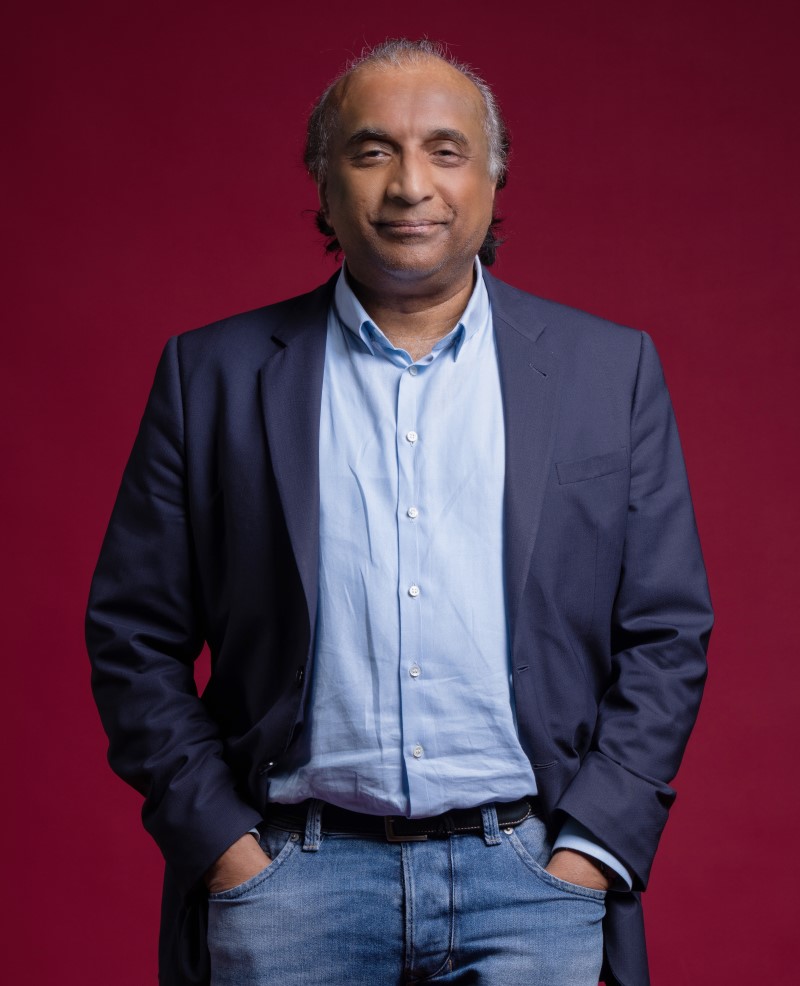KUALA LUMPUR: The Employees Provident Fund’s (EPF) newly launched Retirement Income Adequacy (RIA) framework establishes a solid foundation for retirement planning, however, questions about its feasibility and effectiveness remain.
Asia School of Business deputy CEO and practice professor of finance Joseph Cherian said the success of the RIA depends on two critical factors.
“Cultivating a culture of financial literacy and early proactive saving among individuals and policymakers and ensuring financial professionals deliver impartiality are critical issues that need to be addressed.
“Further, there is also the issue of cost-effective advice and tailored financial products to help individuals meet their specific RIA target income,” he told SunBiz.
Cherian said these elements are essential to transforming the frame-work from a blueprint into a practical tool for securing retirement readi-ness.
“Yes, the three tiers of the RIA framework are feasible. However, achieving the desired or target income level in retirement depends on having a sufficiently long savings runway and ensuring income adequacy during one’s working years to save in a manner that achieves one of the three RIA benchmarks.
“This requires careful financial planning, disciplined savings, good and unbiased financial advice, and strategic management of financial resources over time,” he said.
On Dec 12, EPF rolled out RIA, a new three-tier savings framework as a reference for Malaysians to maintain different levels of financial security post-retirement.
Launched in tandem with Belanjawanku 2024/2025, the newly introduced RIA framework revises the recommended savings level from a single benchmark to three tiers, comprising “basic”, “adequate”, and “enhanced” levels of savings.
Cherian noted that the newly launched RIA framework by the EPF aims to address retirement planning in Malaysia, given rising living costs and an ageing population.
Cherian said ideally, retirement payouts under the framework should be indexed to inflation, cost of living, or standard of living metrics to ensure financial security.
He said that without such adjustments, the framework risks losing relevance and purchasing power in an inflationary and volatile economic environment.
Additionally, the government should consider incorporating a form of tail risk insurance into the frame-work.
For example, Cherian said, structuring the RIA scheme as a life annuity of payouts rather than a term annuity would ensure lifelong income security.
“This is especially true for individuals who outlive their planned retirement period, the average life expectancy in Malaysia notwith-standing.
The RIA savings levels table needs to be recalculated to accommodate these tweaks,” Cherian said.
Moreover, he added, a needs-based social security scheme would support those unable to meet the savings threshold, providing a more comprehensive approach to our social security net.
EPF’s recent data reveals a concerning trend, with only 36% of active formal members achieving the basic savings level of RM240,000 by age 55, highlighting a growing retire-ment crisis.
This issue is particularly severe for individuals with limited financial capacity to save adequately.
Cherian said addressing this challenge requires actionable solutions.
“Extending work life, supported by upskilling and flexible education opportunities, can boost savings and delay fund depletion.
“Increasing savings rates through higher contributions during working years can mitigate future shortfalls. Additionally, homeowners could consider reverse mortgage schemes to convert home equity into retirement income.
“While these strategies provide viable options, their success relies on comprehensive policymaking and systemic reforms to ensure long-term impact,” he said.
Cherian said the RIA framework is a commendable step forward, but addressing the complexities of retirement savings and adequacy over one’s lifecycle demands com-prehensive, data-driven stra-tegies and active collaboration among individuals, the academy, insti-tutions, and the government.
“It also involves coming up with feasible strategies for those who cannot make the cut, no matter what.
“By fostering financial pre-paredness and implementing inno-vative policies, Malaysia can turn its retirement challenges into sustain-able growth and social stability opportunities,” Cherian said.
Originally published by The Sun.





